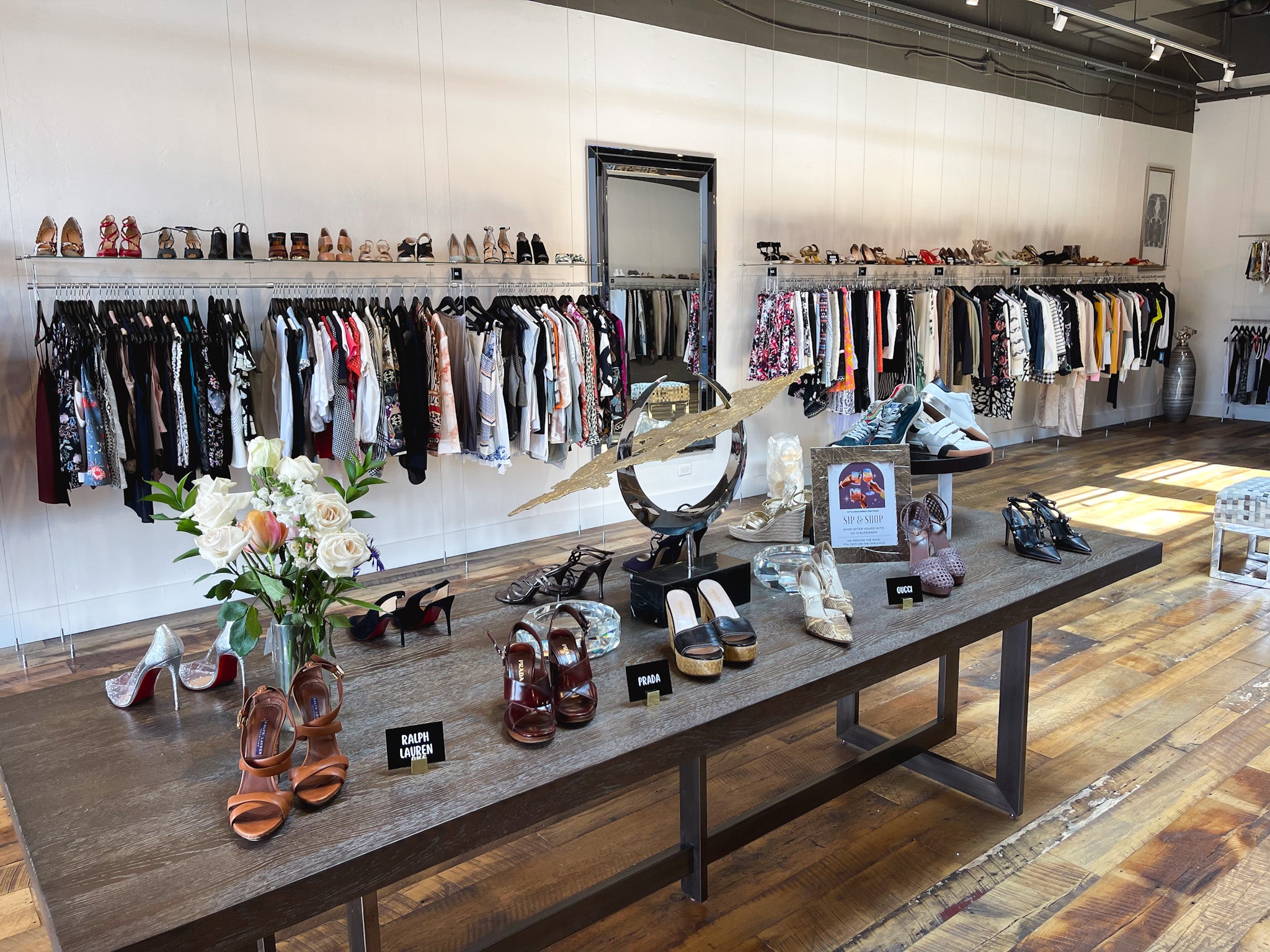Raise Your Wardrobe with Spectacular Boutique Fashion Essentials
Raise Your Wardrobe with Spectacular Boutique Fashion Essentials
Blog Article
A Deep Dive Into the Globe of High-Fashion Runways: Recognizing Apparel as Art
Designers, much like skillful artists, weave complex stories with shade, type, and fabric, redefining and testing traditional standards appeal standards. As we explore these sartorial spectacles, we must contemplate: what duty does fashion play in forming societal values, and just how does it mirror the ever-changing tapestry of human feeling and identity?
The Development of Runway Reveals
The trajectory of runway shows has actually changed significantly over the years, progressing from exclusive market occasions to exciting spectacles that mix style with art. Typically, runway shows were intimate affairs, held in ateliers or little venues, primarily gone to by customers and sector insiders. These very early presentations focused on the garments' craftsmanship and business practicality, supplying a sensible and straight screen of seasonal collections.
As the fashion sector expanded, the nature of path shows began to alter. The 1970s and 1980s noted a turning point, with designers looking for to identify themselves via even more theatrical presentations. This period saw the increase of elaborate collections, choreographed models, and thematic narratives, proclaiming a brand-new age where the runway ended up being an experiential platform. The programs changed right into a type of storytelling, where each collection shared an unique story or concept.
In recent times, technology and social networks have even more revolutionized runway programs, making them obtainable to an international target market. Livestreaming and digital platforms have equalized style, enabling fanatics worldwide to witness these occasions in real-time (boutique fashion). This advancement mirrors a broader cultural shift, where high-fashion runways work as a dynamic intersection of technology, performance, and design
Designers as Visionary Artists
Just how have designers transcended their roles to come to be visionary musicians? Developers in the high-fashion sector have blurred the lines between practical garment production and the conceptual world of art. This improvement appears in the method they approach their collections, not simply as apparel however as extensive expressions of identity, culture, and emotion. By welcoming artistic self-controls such as sculpture, painting, and avant-garde installments, developers craft garments that challenge traditional fashion standards and boost them to art forms.
Visionary developers attract inspiration from a myriad of sources, including abstract art, historical referrals, and personal stories. They possess a distinct capability to visualize and materialize concepts that push the limits of traditional style, usually redefining visual standards while doing so. This innovative resourcefulness is showcased with remarkable shapes, cutting-edge materials, and complex workmanship, which welcome visitors to experience fashion as even more than simply wearable products.
Moreover, the path functions as a canvas for these musicians, where lighting, music, and established design coalesce to produce immersive experiences. These discussions are not just screens of clothes but are orchestrated efficiencies that stimulate emotion and prompt thought, verifying the designer's function as a real musician in the modern social landscape.
Social Influences in Fashion
Cultural tapestry weaves its elaborate patterns into the material of style, influencing designers globally. The dynamic interchange of social tales, practices, and icons notifies and motivates collections that grace high-fashion paths.
The influence of society on fashion is usually seen in the reinterpretation of traditional garments and patterns. The use of Japanese kimonos, Indian saris, or African prints in modern style reflects a mix of social authenticity and modern looks. Developers such as Valentino's Pierpaolo Piccioli and Alexander McQueen's Sarah Burton have been understood to include abundant social concepts right into their couture collections, converting background right into wearable art.

Advancement in Material and Layout
Development in material and click here for more layout continually reshapes the landscape of high-fashion, pushing borders and redefining possibilities. Developers are progressively checking out the assimilation of technology, such as 3D printing, which enables for the creation of intricate frameworks that were formerly inconceivable.
The fashion market is observing a surge in the use of environmentally friendly materials, obtained from recycled plastics, natural fibers, and also biodegradable elements. Designers are welcoming these products to craft garments that are both visually striking and aware of their environmental footprint.
In regards to style, speculative types and progressive silhouettes are continually reinventing the runway. By incorporating non-traditional products and cutting-edge strategies, developers grow garments that blur the line in between style and art, setting new criteria for creativity and expression in the high-fashion ball.
Impact of Style on Culture
Style wields a profound influence on society, offering as both a representation of cultural identity and a driver for social change (boutique fashion). Through its development, fashion has actually mirrored societal changes, encapsulating the zeitgeist of different ages.
In addition, style has the power to bridge cultural spaces, cultivating understanding and appreciation amongst varied teams. As globalisation increases, the cross-cultural exchange of style ideas ends up being progressively significant, promoting inclusivity and diversity. The surge of streetwear, originating from city subcultures, highlights how style can transcend socio-economic borders, providing people a way of self-expression and empowerment.
Fundamentally, fashion is not merely concerning aesthetics; it is a vibrant pressure look at here now that affects worths, perspectives, and societal progression (boutique fashion). By continually connecting with social and cultural currents, fashion remains an essential part of the cumulative human experience

Verdict
High-fashion paths work as dynamic fields where clothes goes beyond functionality to become a meaningful art kind. Designers, similar to visionary musicians, orchestrate collections that show identity, feeling, and social narratives, testing conventional looks. The fusion of innovative textile and layout, paired with sophisticated collection layouts, illumination, and music, creates immersive experiences that celebrate multiculturalism. This intersection of style and creativity not just astounds target markets around the world however also affects societal perceptions and promotes a deeper admiration for multiculturalism.

Social tapestry weaves its elaborate patterns into the fabric of style, influencing developers worldwide.Style wields a profound impact on culture, offering as both a reflection of cultural identity and a driver for social adjustment.
Report this page